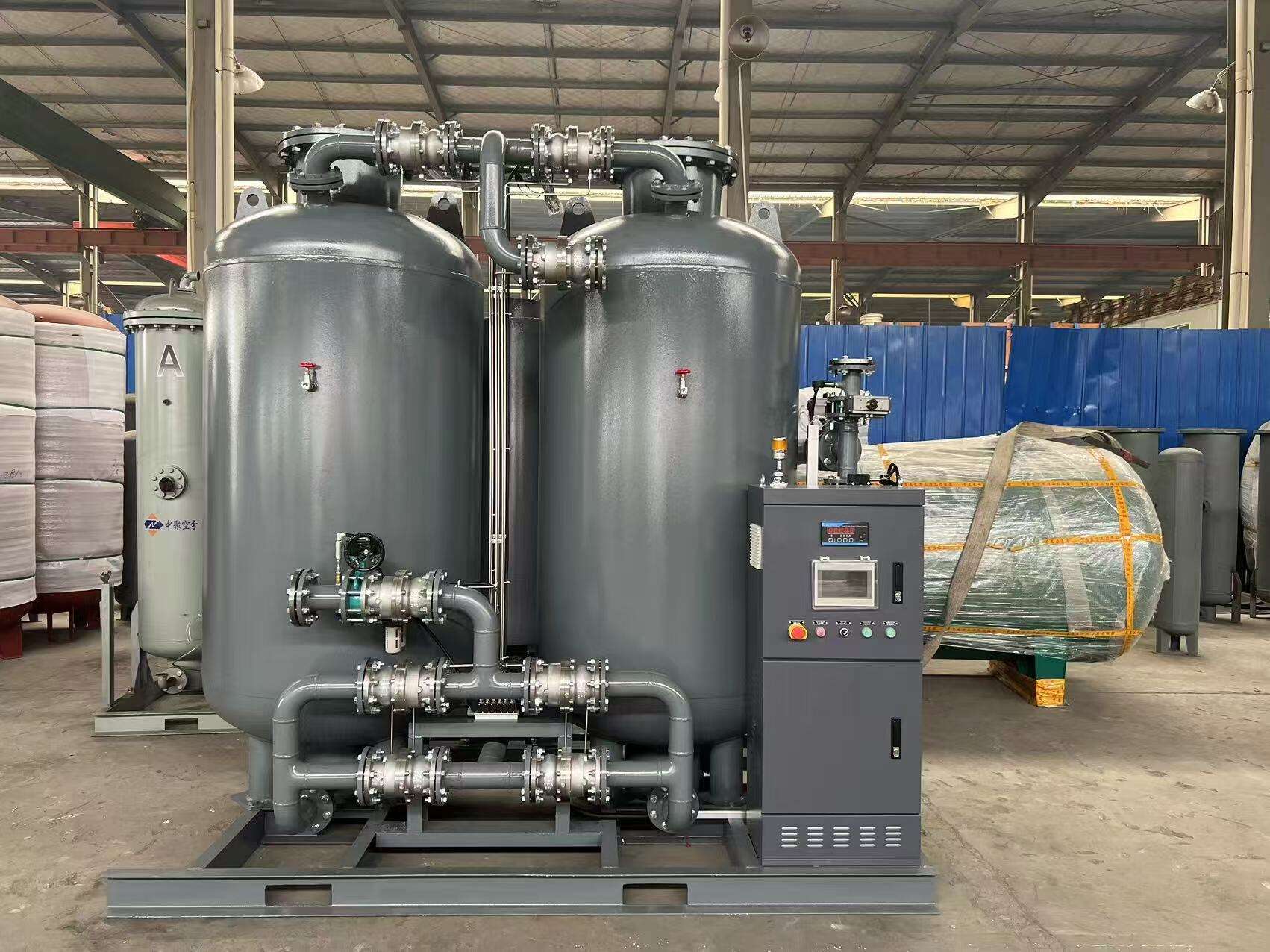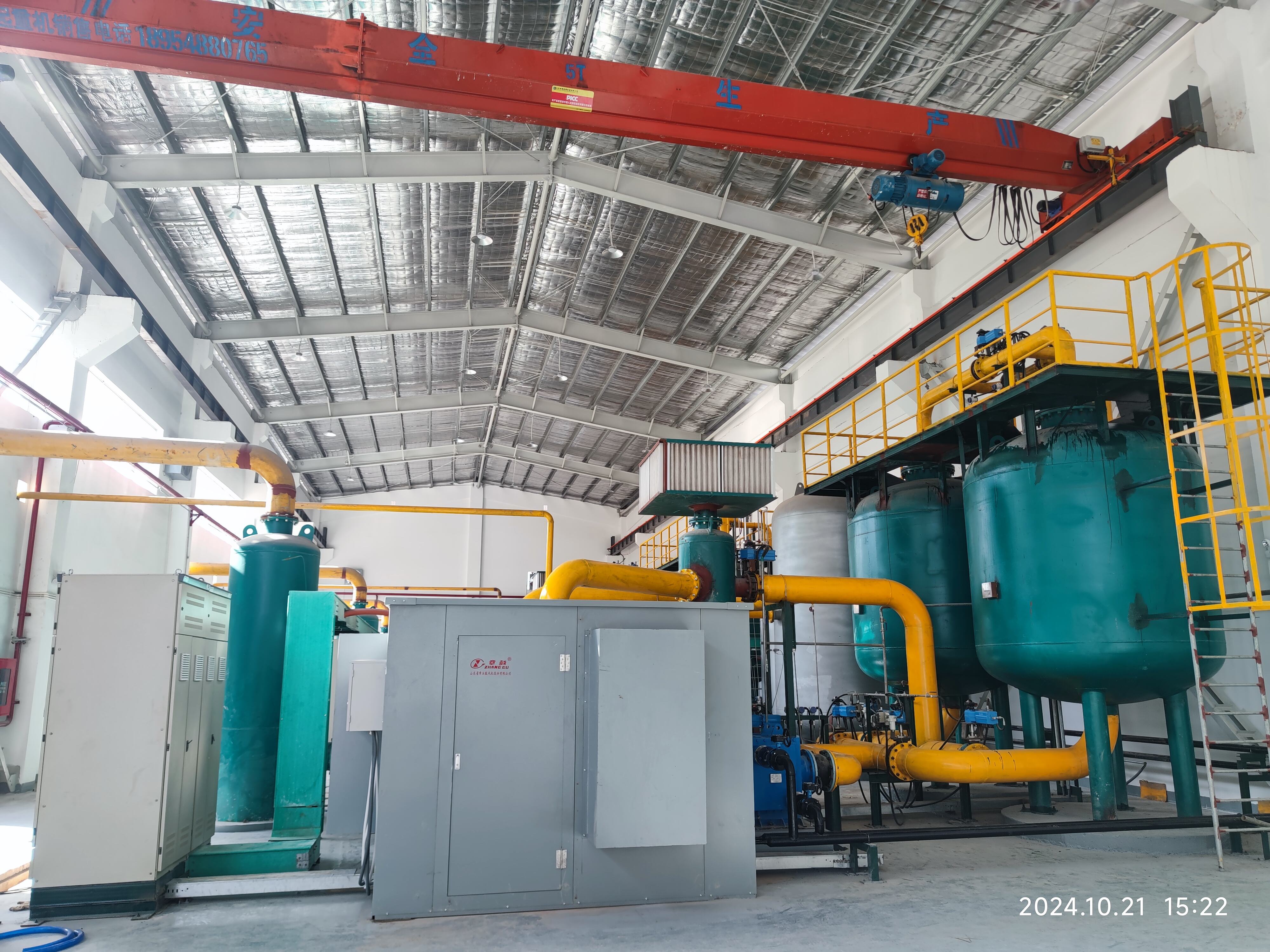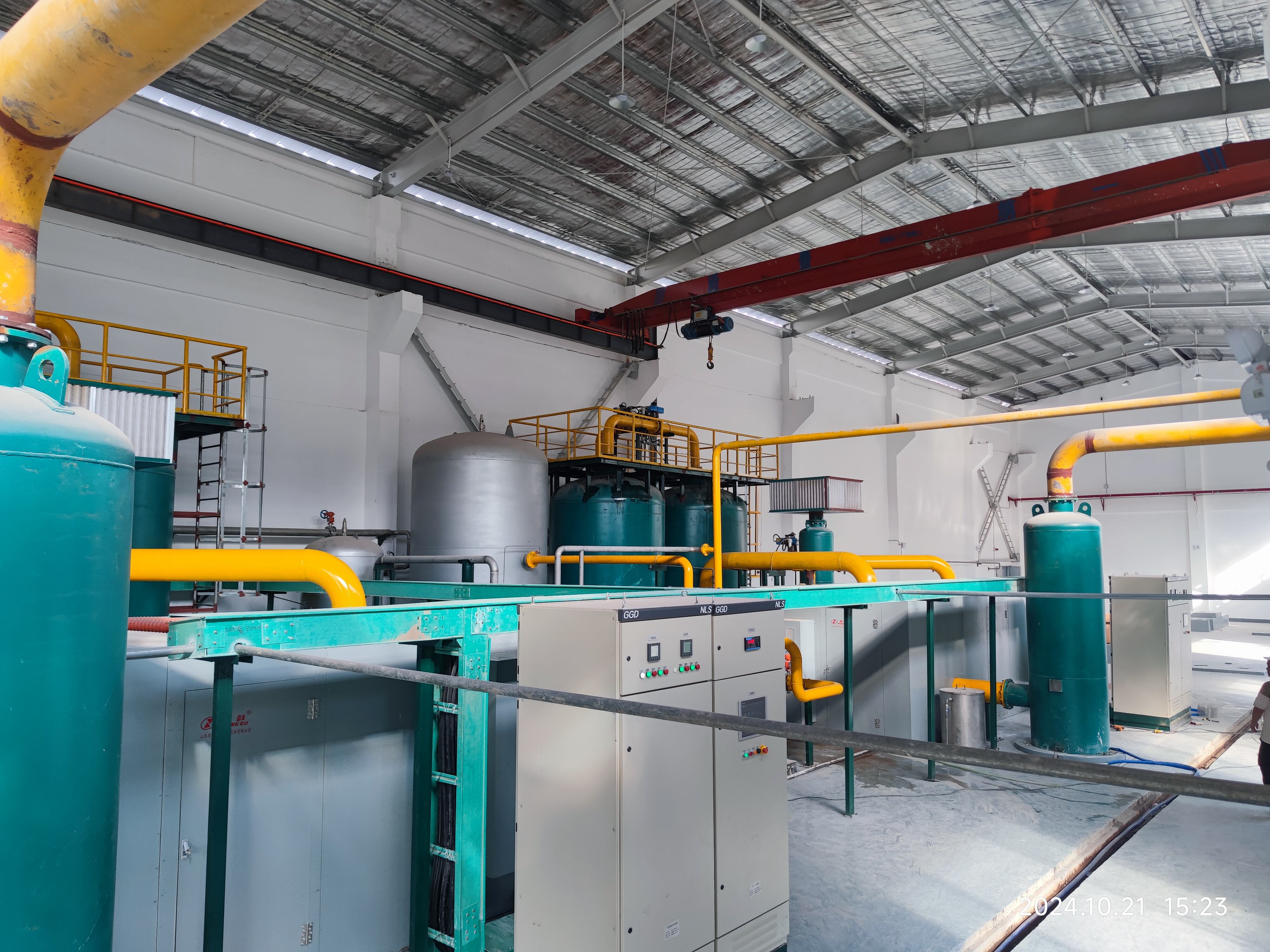دباوي سوئنگ اڊسورپشن اكسجين سيستم
پریشر سوئنگ ایڈسورپشن (PSA) آکسیجن سسٹم ہيٺي تکنالوجي آهي جيڪو هوا مان ٻهري گيسم کي آڪسيجن سان الگ ڪري ٿيي ٿو وڌيڪس ایڊسورپشن پروسس کي استعمال ڪندي. ھن سسٹم خاص مولیڪلر سيويز کي استعمال ڪندا آهي جيڪي نائين جزيئات کي چونڊڻ لاءِ مقرر آهن ۽ آڪسيجن کي گزرڻ ديندو. پروسس مان دو گهريلو حجرات آهن جيڪي زيوائيٽ موٽر سان بھريل آهن، جيڪي ضغط چڪلو تحت کار کن ٿيون ۽ مستقiem آڪسيجن پروڊڪشن کي گarranty ڪن ٿيون. جب ضغط ۾ هوا هڪ حجري وچ داخل ٿي، توھان جزيئات زيوائيٽ موٽر ۾ پگھاري وئي آهن ۽ آڪسيجن گزرڻ ٿو. هنڪريو حجريو ۾ ضغط کم ڪريو، پگھاريلو نائين کي ريليز ڪريو ۽ زيوائيٽ کي اگلائي چڪل لاءِ ريگينرٽ ڪريو. هن نوڙي سسٹم عام طور تي 93-95% آڪسيجن صافصافي حاصل ڪري، جيڪو مختلف صنايعي ۽ مشفيي اطلاق لاءِ مناسب آهي. PSA آڪسijن سسٹم کي کارکردگي ۾ مستقiem کار کرڻ ۾ قابليت آهي، جيڪو کمرين مینٽيننس ۽ مطمئن کارکردگي پڇي ڏيندي آهي. تکنالوجي سائيٽ پر آڪسijن پيداوار کي انقلاب ڪري ٿي، جيڪو ماڻي آڪسijن ذخیره ۽ منتظم واپسي کي ضرورت کم ڪري. اتوٽيمٽي کنٽرول سسٹم مستقiem کار کرڻ گarranty ڪري، ientras جيڪو داخل ٿي سلامت futures آپريٽرز لاءِ آرام آهي.


